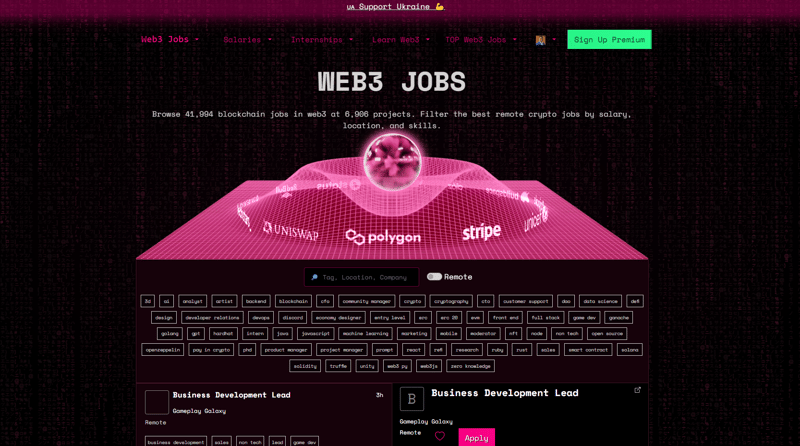I recently discovered a handy CSS trick that’s made a noticeable difference in how I handle animations and transitions. Meet the useful will-change property, a simple but effective way to tell the browser about upcoming changes to an element’s properties.
What is will-change?
Honestly, until a few days ago, I had no idea this property even existed. The will-change property is a way to tell the browser, “Hey! I’m going to change these specific properties on this element soon, so you might want to get ready for that.”
It’s like allowing the browser to optimize and prepare for the upcoming changes. Impressive, isn’t it?
How to Use will-change
Using will-change is super simple. You just list out the properties that you plan to animate or transition, like this:
will-change: transform, opacity;
}
.my-element:hover{
transform: scale(2);
opacity: 0;
This line of code tells the browser, “Get ready because I’m going to be changing the transform and opacity properties on this element.”
Why You Should Care
Let me give you a real-world example of why will-change is so awesome. Imagine you’re working on a complex animation that involves multiple elements moving around, scaling, and fading in and out. Without will-change, the browser might struggle to keep up, leading to janky animations.
But when you use will-change, you’re essentially giving the browser a chance to optimize and prioritize the right resources for those specific property changes.
A Word of Caution
Now, as with any powerful tool, will-change should be used responsibly. If you overuse it or specify properties that never actually change, you could end up wasting system resources and potentially causing performance issues.
Use will-change judiciously and only for elements that will undergo complex animations or transitions. Specify only the properties that you know will change, and be sure to remove the will-change declaration once the animation or transition is complete.
Give It a Try!
I can’t recommend will-change enough, especially if you’re working on complex animations or transitions. It’s a game-changer, and it’s so easy to implement.



